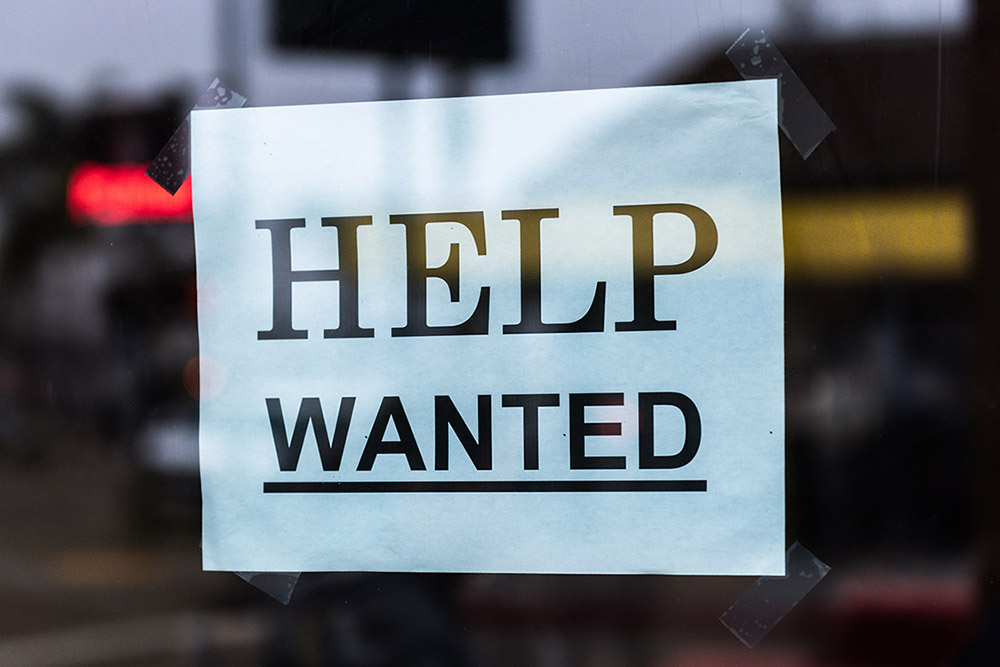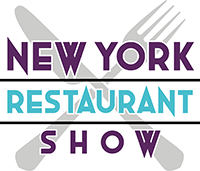Consider the potential legal risk in hiring, firing and keeping staff

By Colin Barnacle and Nick Ladin-Sienne
In the past 18 months, foodservice businesses have taken drastic measures to survive (and, in some cases, thrive) under pandemic conditions. As events were canceled and demand dropped for catering services, businesses needed to consider changes to staffing levels and business models. Those hard choices led to a 32 percent decrease in staffing levels for catering and mobile foodservice businesses and caused over 20 percent of such businesses to shut down permanently.
Whether in shifting to grab-and-go and at-home catering or in adopting new technology to minimize contact points for staff and guests, many foodservice businesses created opportunities despite the pandemic’s adversity. Both the adversity and the opportunity have created new legal risks when thinking about who to hire, who to fire, and how to retain existing staff.
The Continuing Labor Shortage
Foodservice businesses have faced labor shortages and wage growth that other sectors are not seeing to the same degree. This labor shortage seems driven by the interaction between the unique nature of foodservice work and the risks of the pandemic, rather than from enhanced unemployment or other external factors.
As shutdowns led to layoffs, the pandemic created conditions of uncertainty in the foodservice labor market, through both the public on the demand side and staff on the supply side. Studies have indicated that nearly two-thirds of unemployed hospitality workers “seriously considered” changing their field of work after being laid off in the pandemic. Optimism about possible economic recovery has not seemed enough to reverse the destabilizing effects of mass layoffs—and the Delta variant’s effects are unlikely to temper staff skepticism about returning.
And while other industries have faced similar challenges, foodservice businesses simply do not have the same ability to adopt telework models or make other structural changes to create a new normal. Instead, staff have continued to face unmasked guests with unknown vaccination statuses and varying beliefs on the seriousness of Covid-19 while trying to maintain social distancing from fellow staff members, all in 40 square feet of space.
Potential Legal Risks in Talent Management
With these unique challenges and the competitive market for staff, foodservice businesses need to carefully consider each decision to hire, fire or retain staff to avoid potential claims under various federal, state and local antidiscrimination laws. These laws protect employees and applicants from discrimination on the basis of a protected characteristic, such as the individual’s sex, race, color, national origin, disability or religious belief, at minimum. While businesses need not make every decision for a good or even a sensible reason, employment decisions cannot be made for a discriminatory reason.

Sex, race, color and national origin discrimination can occur through either disparate treatment of an individual based on a protected characteristic (i.e., treating them differently because of that characteristic) or disparate impacts on individuals with a certain protected characteristic (i.e., policy decisions that improperly affect groups of individuals who share that characteristic). Disability and religious discrimination involve slightly different requirements, including requirements that employers and employees engage in interactive dialogue, and that employers make good-faith efforts to reasonably accommodate disabilities and religious beliefs.
These claims are often levied by applicants who do not get the job and ascribe a discriminatory motive to the decision not to hire (or, for example, to choose to hire someone else) or when employees are laid off or treated differently from others outside of the protected class. As a result, discrimination claims can often come out of passion (e.g., feeling wronged or a desire to make an employer pay for a perceived or actual slight) and so can require more training and other forms of active management by decisionmakers.
One new area where discrimination claims may arise is from employment-related, pandemic-specific risk management strategies like vaccine mandates, or masking and distancing policies. The politicization of vaccines and mask mandates may make these policies a new target for disgruntled applicants or employees who object to or refuse to comply with such workplace policies. And employers who require new, existing or returning employees to prove their vaccination status may face a discrimination claim alleging that the request constituted an unnecessary medical inquiry (although this would be unlikely to succeed, considering the close quarters of a typical food truck or catering kitchen), or that the employer failed to reasonably accommodate a medical disability preventing vaccination or a sincerely held religious belief. In some states, employers may be entirely prohibited by state laws from making an employment-related decision based on vaccination status.
In terms of more traditional strategies for talent management, employers must remain aware that poorly implemented programs can have a negative impact on morale. That, in turn, may increase the likelihood of an employee viewing a particular decision as discriminatorily based on a protected characteristic. For instance, employees may point to retention bonuses paid to certain employees over others, or efforts to promote certain classes of employees over others, as evidence of discriminatory intent. Instead, employers need to apply neutral (nondiscriminatory) criteria for providing bonuses and keep opportunities for advancement open to all employees.
ABOUT THE AUTHORS


Colin Barnacle is a partner at Nelson Mullins Riley & Scarborough LLP and was formerly division general counsel for WhiteWave Food Company, a packaged food and beverage producer (now Danone North America). He has extensive experience advising and litigating both traditional labor and employment issues and unique regulatory issues specific to the food, beverage and hospitality sectors. Based in Denver, Colo., Barnacle regularly practices across the country.
Nick Ladin-Sienne is an associate at Nelson Mullins Riley & Scarborough LLP and a former professional chef. He has advised on and litigated employment, regulatory and general civil issues for clients across the food, beverage and hospitality industries. Ladin-Sienne is based in Boston, but as a former California resident, he continues to regularly handle matters in California.











